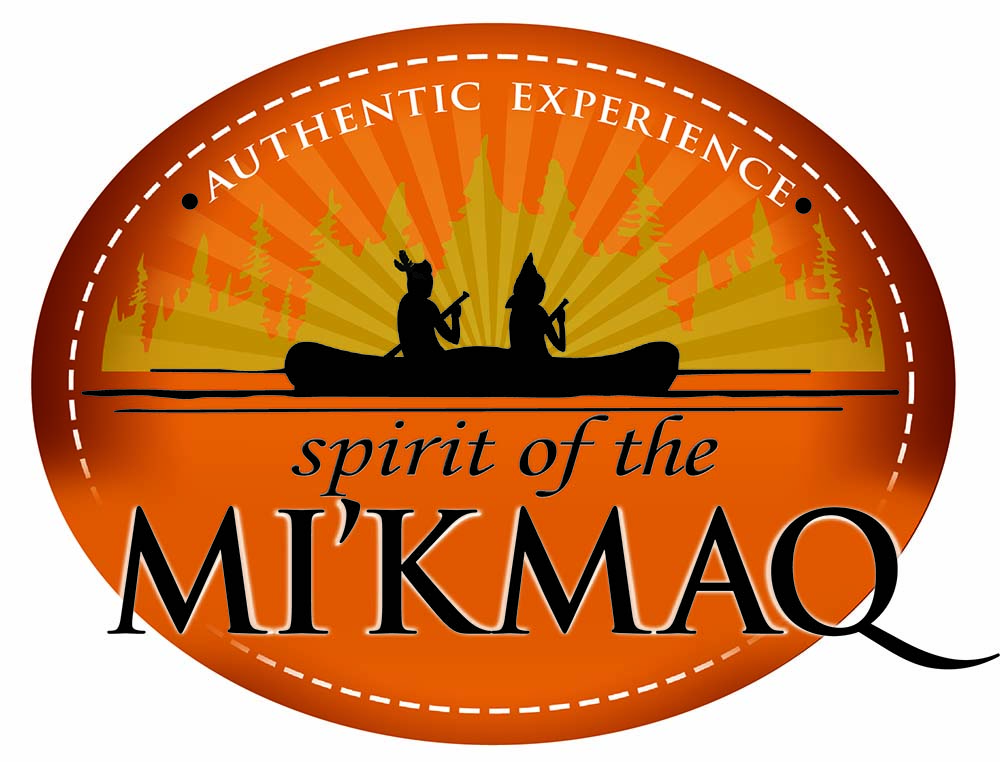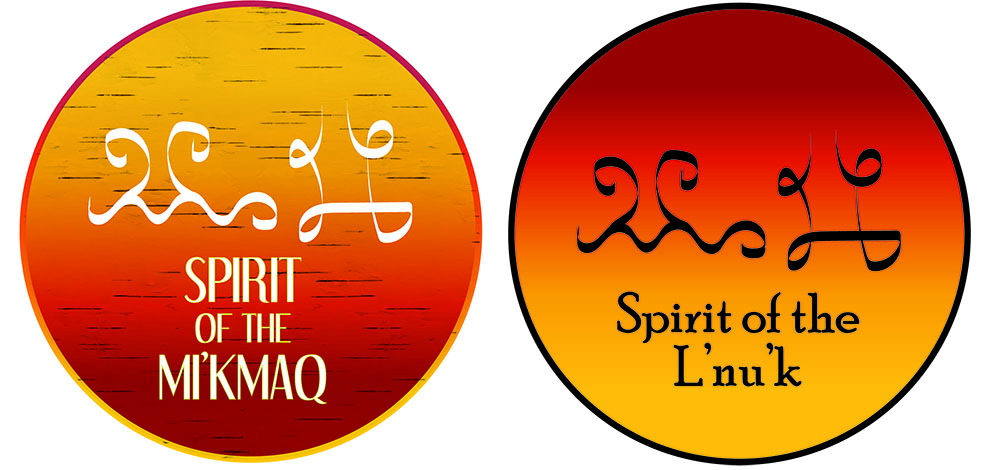By: Shannon Monk, KMK
After more than 20 meetings with Mi’kmaw communities throughout Nova Scotia over the last six months, community members are getting a better understanding of the exciting possibilities that exist through cultural tourism. As we noted in previous articles, discussions about Mi’kmaw cultural tourism began in the mid-2000’s. Part of our discussions have focused on the development of an authentic logo and brand that can be used by cultural tourism operators, artists, crafters, and others interested in selling Mi’kmaw cultural goods and services.
During the first set of sessions, we introduced the original logo developed in 2008. We had a lively discussion about the logo and whether it represents the Mi’kmaq in an authentic way. Everyone participating in the community information sessions has agreed that cultural tourism is a very important way for Mi’kmaq to benefit economically, socially, and culturally, and that a Mi’kmaw logo and branding strategy is vital. However, there have been differing opinions about what this logo could or should look like and a lot of discussion about who will get to use it and what the certification process could look like. When we talk about a certification process, we mean, identifying a way to determine who gets to use the logo and how the logo can be used.
Here is the original Spirit of the Mi’kmaq logo developed in 2008. In the course of our research, we have not been able to find any write ups or information to describe or explain the logo. This logo had been endorsed by the Assembly at that time, but no action had been taken so the Assembly asked us to take this logo back to the communities for feedback.

Some of the feedback suggested that the logo looked dated and that it wasn’t necessarily a logo that represented all types of Mi’kmaw businesses, especially artists or crafters. There were questions we couldn’t answer about the authenticity of the type of canoe portrayed and whether a seafaring canoe or an inland canoe should be used, whether the figures were both authentically Mi’kmaq and whether the figures were in the correct positions. As a result of this feedback and conversation, additional logos were drafted to inspire more discussion.

One form of recording that Mi’kmaq developed was a hieroglyphic system. This was a part of the history keeping and communication systems developed by Mi’kmaq over the millennia, which also included petroglyphs, oral histories, legend stories and trail marker or culturally modified trees.
Two hieroglyphs are used in this logo. The first hieroglyph means Forever. The second hieroglyph means Mi’kmaq/L’nu’k – Our People. Together it says: Forever Mi’kmaq or L’nu’k. The colours that were chosen are meant to represent either sunrise or sunset and our connection to Mother Earth. The birchbark tree background also represents our connection to Mother Earth.
After a second round of conversations about these three logos, we heard that the birchbark background and the sunrise colours resonated with the majority of community members. There was a lot of discussion about whether the wording on the logo should reflect the actual wording of the hieroglyphs and if all of the wording should be in Mi’kmaq, or if there should be both English and Mi’kmaw words included. There was also a lot of discussion about the word Mi’kmaq versus the word L’nu’k.
We don’t have all the answers yet, but it’s a great start! Seeing these logos, we hope you are inspired to think about them and share your thoughts and ideas with us. These logos are only starting points for discussion. There are many creative minds who may have many ideas that we haven’t even thought of yet. We hope to have a few more drafts available to share with community members early in the new year.
We also hope to schedule more community sessions and invite you to attend. Your voice matters. The decisions we make about this logo will impact our communities for generations to come and we want to ensure that all community feedback is taken into consideration.
